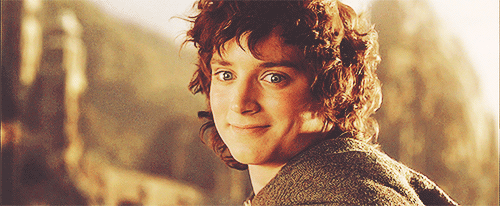Archetypes
The hero, the trickster, and the wise old man; the majority of literature is richly filled with these archetypes. Some archetypes represent characters that each of us aspire to be; brave, honest, and liked by all. Yet others speak to readers on a personal level because, at their core, they contain both the good and the bad qualities that are innately inside of all of us. A basic understanding and analysis of these archetypes is useful when trying to understand key concepts in a novel.
The Illegal is a novel filled to the brim with various characters. In fact, some critics have said that the amount of different characters is overwhelming and takes away from the message of the novel at times. The novel alternates between Keita Ali, Violet Hill, Ivernia Beech, Rocco Calder, Anton Hamm, and John Falconer. But do not jump to conclusions that the critics are correct. Because I tend to disagree. Each of these characters and many others contribute a unique perspective and overall increase the interest of the novel.
Plot Overview
Ironically the second third of the book begins with the exact same scenario as the prologue does, with Keita running in the Buttersby Marathon where he passes the racist runner. He eventually wins the marathon, yet it is due to necessity as he needs the prize money to stay alive. Yet he risks uncovering he illegal identity when he is publicized as the runner in the marathon. The journalist Viola Hill is persistent in her quest to discover his true identity. Keita quickly become discovered by his previous agent, Anton Hamm who becomes violent insisting that Keita owes him money; luckily the race directer intervenes and helps Keita. A turn of events occurs as Keita is notified of his sister arrest and confinement and he is told that he must pay a large sum of money in order to grant her release. The head of Afric town, Lula DeStenfano, then offers Keita protection, yet he later finds refuge at the home of a senior, Ivernia Beech. With the help of Ivernia and many other's Keita begins to find a place of belonging and hope, yet he is still burdened with the stress of ensuring he is not deported in order for him to collect enough money to save his sister.
Keita's Archetypal journey
Lawrence Hill's use of the archetypal plot helped me as a reader to better connect with the story. Keita undergoes a harsh journey from comfort and peace in his homeland, to loss of family and everything he is familiar with. Everyday is a constant struggle for him to survive in a country that does not welcome his existence. Yet as a reader I am familiar with the typical archetypal plot so I am confident that by the end of the novel, Keita will finally obtain the life of peace that he deserves. Keita is similar to other famous archetypal heroes like Frodo from Lord of the Rings and Superman because he represents goodness and the struggle these heroes must endure in order for justice to prevail. Yet more importantly is Keita's differences from these heroes. His struggles may be fictional, but they are real on so many levels. The racism he endures, and the prejudice against refugees speaks louder than most archetypal heroes are able to.
Other characters in the novel also created a sense of deja vu, as they follow a similar pattern of the twelve common archetypes. Ivernia's character is a reflection of the mother and mentor. She is probably most accurately connected to the fairy godmother in the fairy-tale Cinderella. Due to her age, Ivernia provides worldly wisdom and comfort to Keita, and provides him with safety. The perhaps unrealistic student genius, John Falconer, combines both the jester archetype and the sage with his intelligence and wit. The archetype of the villain is represented through a variety of charters from the tyrannical government officials, George Maxwell and Graeme Wellington to the Queen of Afric town-Lula DeStefano.
So in conclusion, don't narrow your reading scope by becoming overly focused on the variety of characters. After all, it is only thorugh this variety that Lawence Hill is able to connect to such a wide audience; by demonstating the various aspects of humanity through these characters.
For additional information on archetypal literary criticism visit :
http://www.soulcraft.co/essays/the_12_common_archetypes.html
https://blog.udemy.com/archetypal-characters/



No comments:
Post a Comment